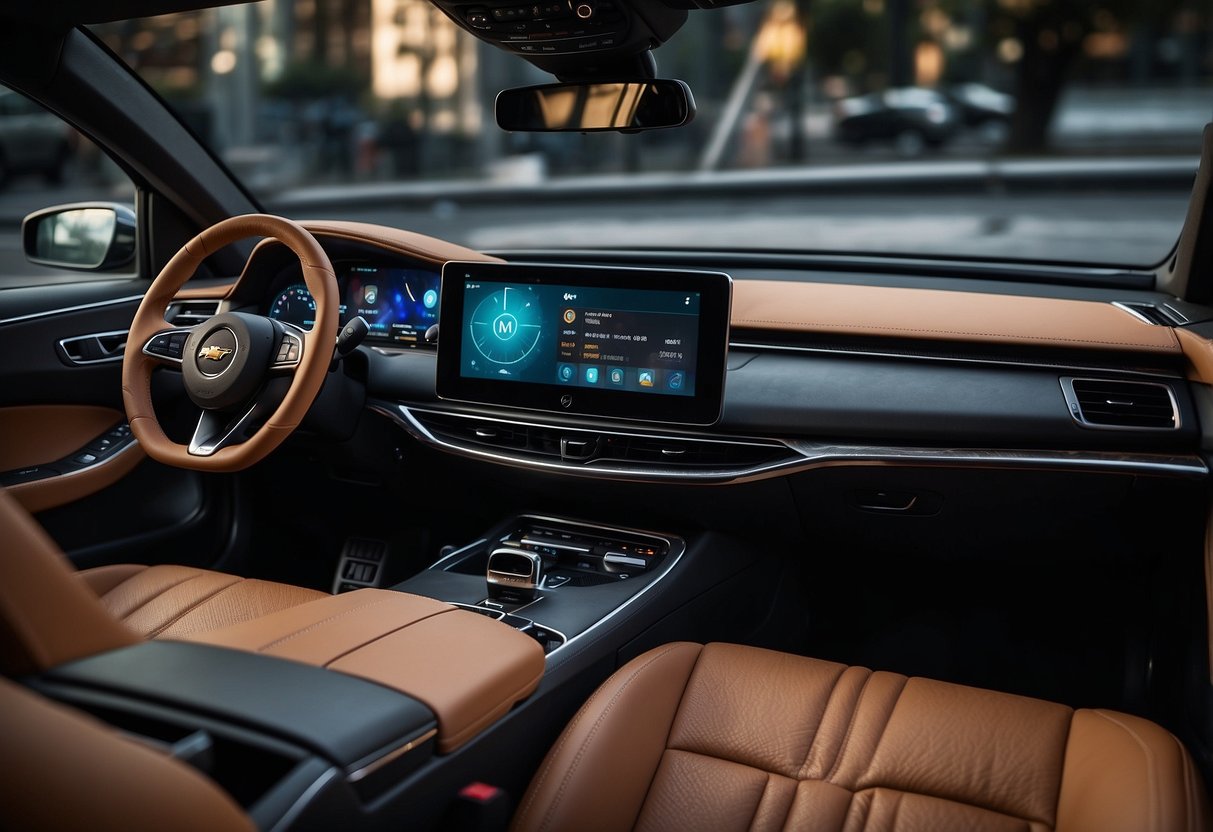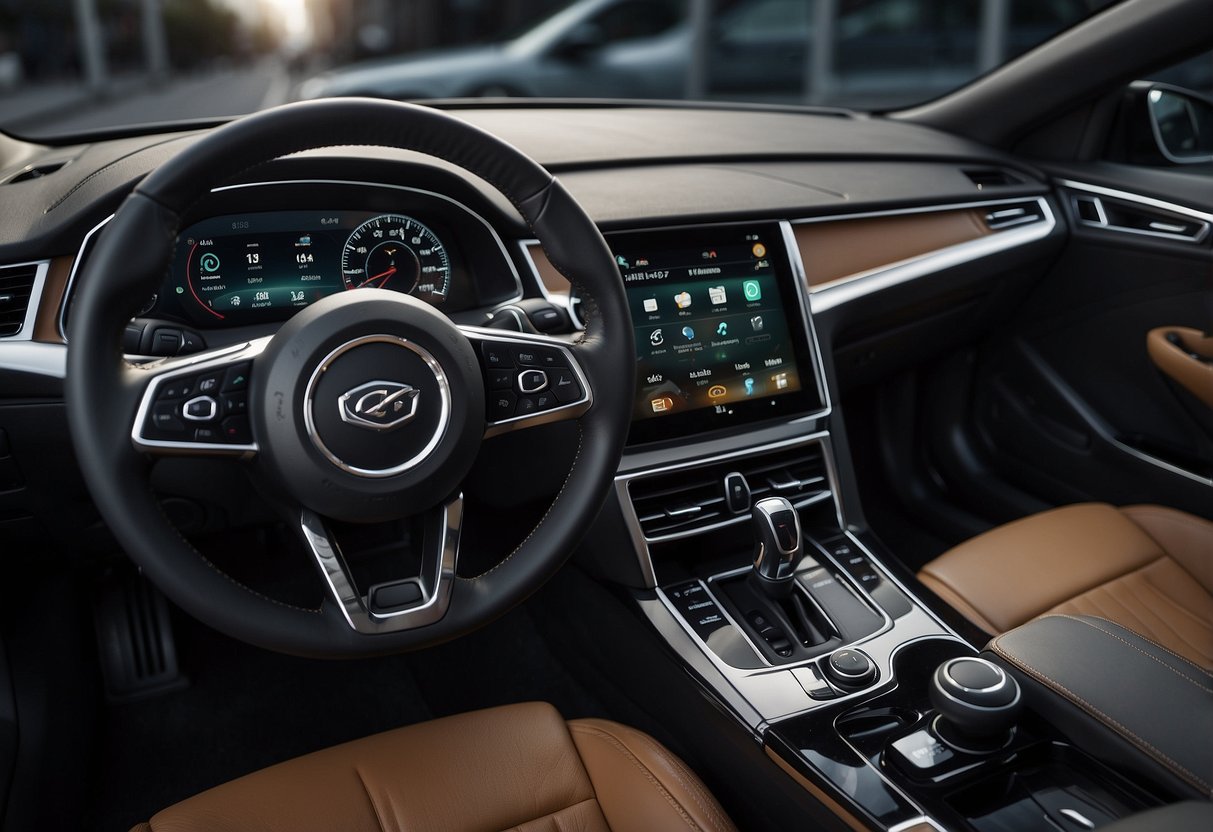
The Role of Connectivity in Infotainment

Connectivity has transformed car infotainment systems by enabling seamless communication and access to information. It enhances user experience through wireless technologies and innovative vehicle-to-everything communication.
Bluetooth and Wi-Fi
Bluetooth and Wi-Fi have revolutionized in-car connectivity. Bluetooth enables hands-free calling, audio streaming, and seamless integration with smartphones. Voice commands and steering wheel controls further enhance its utility.
Wi-Fi hotspots in vehicles allow multiple devices to connect to the internet. Passengers can stream movies, browse the web, and access cloud services. This enhances the travel experience, especially on long trips.
Moreover, Wi-Fi enables over-the-air (OTA) updates for the car’s software. This ensures the infotainment system stays current without needing to visit a dealership.
Vehicle-to-Everything (V2X) Communication
V2X communication enables vehicles to talk to each other and surrounding infrastructure. This includes vehicle-to-vehicle (V2V) and vehicle-to-infrastructure (V2I) communication.
V2V communication enhances safety by sharing information about speed, position, and road conditions with nearby cars. This can prevent accidents through early warnings and automated responses.
V2I communication connects vehicles to traffic lights, road signs, and other infrastructure. It improves traffic flow and reduces congestion by providing real-time data to drivers. Additionally, it supports applications like smart parking and adaptive traffic management.
Enhanced by connectivity, infotainment systems offer richer experiences and superior safety for drivers and passengers.
User Interface and User Experience
Modern car infotainment systems emphasize intuitive interfaces and seamless interactions. Key advancements in this area focus on voice recognition and gesture control.
Voice Recognition
Voice recognition technology enables drivers to perform various tasks without taking their hands off the wheel. This includes controlling the navigation system, making phone calls, and adjusting the climate settings. Systems like Apple’s Siri and Google Assistant have been integrated into many infotainment systems, providing familiar and reliable platforms for users.
Accuracy and response time are critical factors in voice recognition systems. These systems must understand a wide range of accents and dialects to be truly effective. Automakers invest heavily in improving these aspects to create a more inclusive experience. Additionally, continuous updates and learning algorithms help refine the system’s performance over time.



